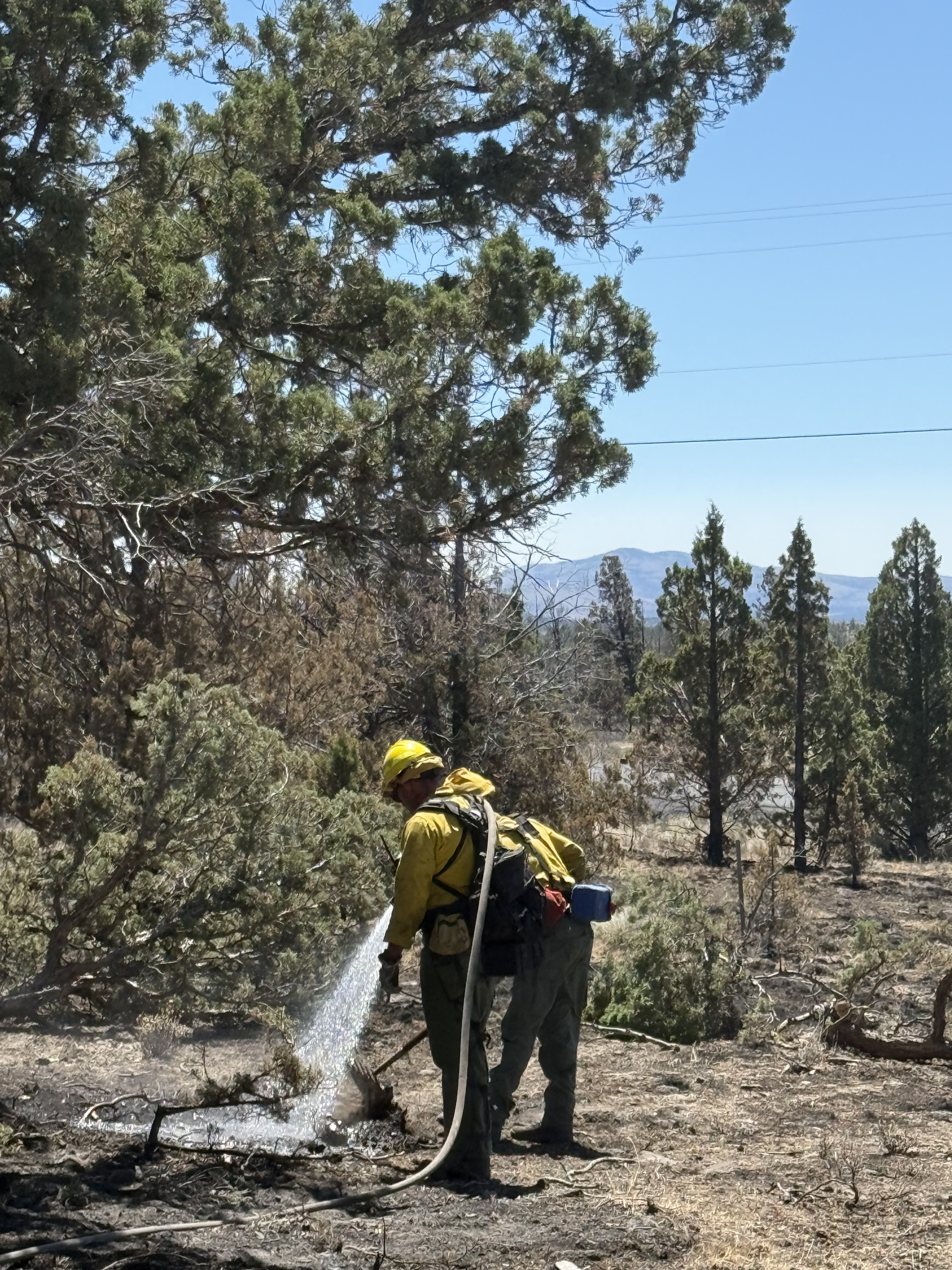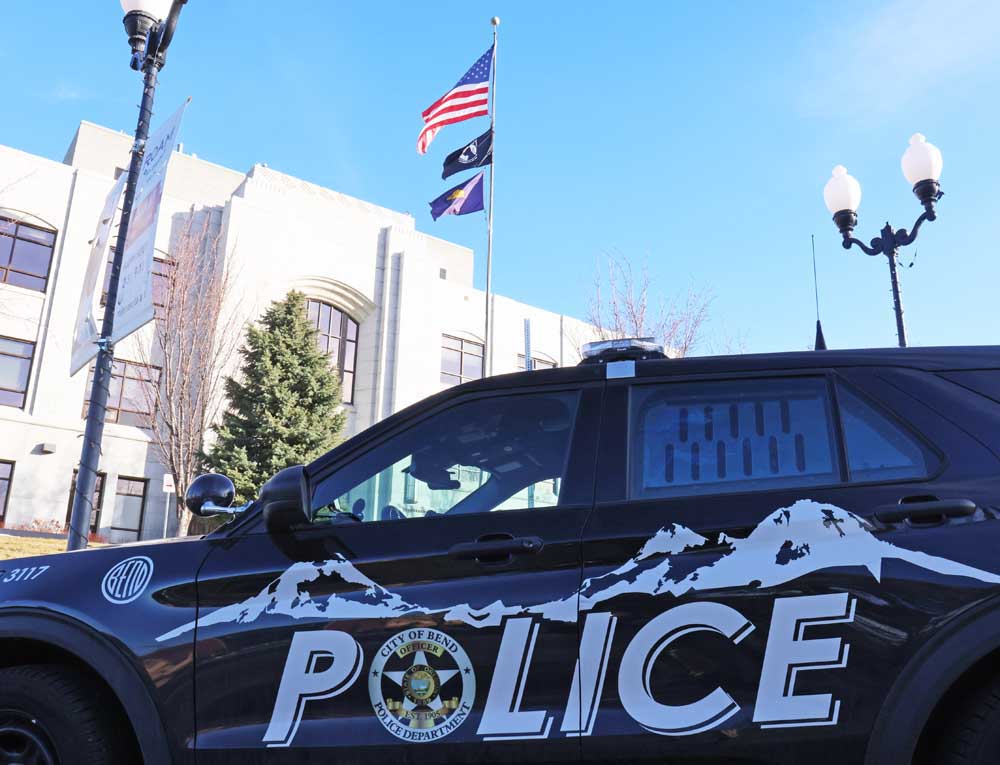Native clothing featured
Published 4:00 am Saturday, January 26, 2013
Clothes may not exactly make the man, but they certainly can tell a story. Looking at the new High Desert Museum exhibit “Head to Toe: The Language of Plateau Indian Clothing,” visitors can take in a wide range of clothing worn by Plateau Indians and get a better grasp of what their lives may have been like.
The exhibit (see “If you go”) is a combination of clothing pieces from the museum’s collection and from the Tamastslikt Cultural Institute in Pendleton. From moccasins to arm bands to headgear, the exhibit features a wide range of clothing.
Trending
The goal of the exhibit was to showcase the diversity of clothing worn by Plateau Indians, according to Dana Whitelaw, vice president of programs at the museum. Plateau Indians are those who lived roughly between the Cascades and the Rockies.
“Everybody has an image of what Native American clothing is in their heads,” said Whitelaw. This exhibit shows the wide variation that can exist. The museum tried to put together a captivating collection to showcase the diversity of objects available, says Whitelaw. “It’s artistry through clothing.”
Some of the pieces are quite unusual. A large coat that is featured in the exhibit’s central display case is certainly a head-turner. It is dated to the early 20th century and features very bright blocks of color in a plaid-like pattern. If one didn’t know better, one might assume it was made out of modern-day fleece.
The coat was actually made from a wool blanket traded from the Hudson’s Bay Co. Whitelaw calls the pattern a “vibrant checkerboard.”
Unusual materials
One of the more fascinating elements of the exhibit is the range of materials used. One headpiece, called a dance roach, is made form the guard hairs of a porcupine. Whitelaw says an adult would wear it during ceremonies and the piece would look like a tall mohawk.
Trending
Basket hats were worn by women and were made from beargrass or other grasses. Some of the items feature shells, which would have been obtained through trade with coastal tribes. The exhibit also features several so-called tail dresses. Whitelaw explains that these dresses were made by connecting two deer hides together in a certain way so that the tail of the deer would hang right below the woman’s neck. One such tail dress is also notable for its embellishments, which at first glance appear to be shells. Whitelaw explains, however, that these are in fact elk teeth. And elk only have two such teeth. So this dress, which features dozens of the teeth, represents a great deal of effort and is a “symbol of strength,” said Whitelaw.
One large, flowing arm band in the collection is made from otter fur. Another features dyed porcupine quills.
Notable items
One head piece that draws some attention is made from ermine tails with a trail of golden eagle feathers. On top are two bison horns. The item is reminiscent of a Viking helmet. Whitelaw calls the resemblance “unexpected.” But she says some styles cut across many cultures and are more common than we may realize.
“There are universal customs,” said Whitelaw. And sometimes cultures we would not connect with each other have similar patterns, like the horns.
Another example is a long cape made from rabbit fur, which is similar to fur coats seen in many northern cultures. Rabbit fur coats were common, but Whitelaw says finding intact examples is challenging. The material is delicate and it is also believed that some people were buried in their rabbit fur coats.
Whitelaw points out one can trace how styles changed over the years by looking at the moccasins on display. The earlier versions feature more simple geometric patterns. As time went on, the patterns shifted to feature more flowers and intricate embellishments.
Another interesting note is the use of a four-pronged symbol meaning strength and vitality, a symbol many people might recognize as a swastika. Whitelaw pointed out a breechcloth from the 1920s that once featured the symbol, but someone went back and turned the swastika-looking shapes into crosses. More modern Plateau Indians have tried to reclaim the shape and one pair of moccasins on display features the shape made out of flowers.
History
Much of the clothing on display comes from the museum’s extensive collection from Doris Swayze Bounds, an Oregonian who collected Native American artifacts throughout her life and donated her 7,000-piece collection to the museum in 1990. Bounds died in 1994.
Identifying the pieces in the collection can be difficult and museum staff rely on photographs to try to pinpoint the tribes and dates of particular clothing styles.
Whitelaw says this exhibit is special because it has been “years since any of the artifacts have been on display.”
The museum is also offering a few corresponding activities. Staff are planning a children’s craft. And the Backpack Explorers program for children age 3 to 5 on Wednesday and Thursday will feature a “Head to Toe” theme involving getting dressed up in beads and fringes and learning how Plateau Indians made their own clothing.
If you go
What: “Head to Toe: The Language of Plateau Indian Clothing”
When: 10 a.m. to 4 p.m. daily through May 5
Where: High Desert Museum, 59800 S. U.S. Highway 97, Bend
Cost: Free today (it’s Mid Oregon Credit Union Free Family Day); Other times, adults, $12; 65 and older $10, ages 5-12, $7, ages 4 and younger free
Contact: www.highdesertmuseum.org
Note about parking: Those hoping to attend the free day can take advantage of a free shuttle to the museum. This is encouraged as parking is limited (although children requiring a car seat should not ride the shuttle). The shuttle leaves from the parking lot at Morning Star Christian School, 19741 Baker Road, Bend.








